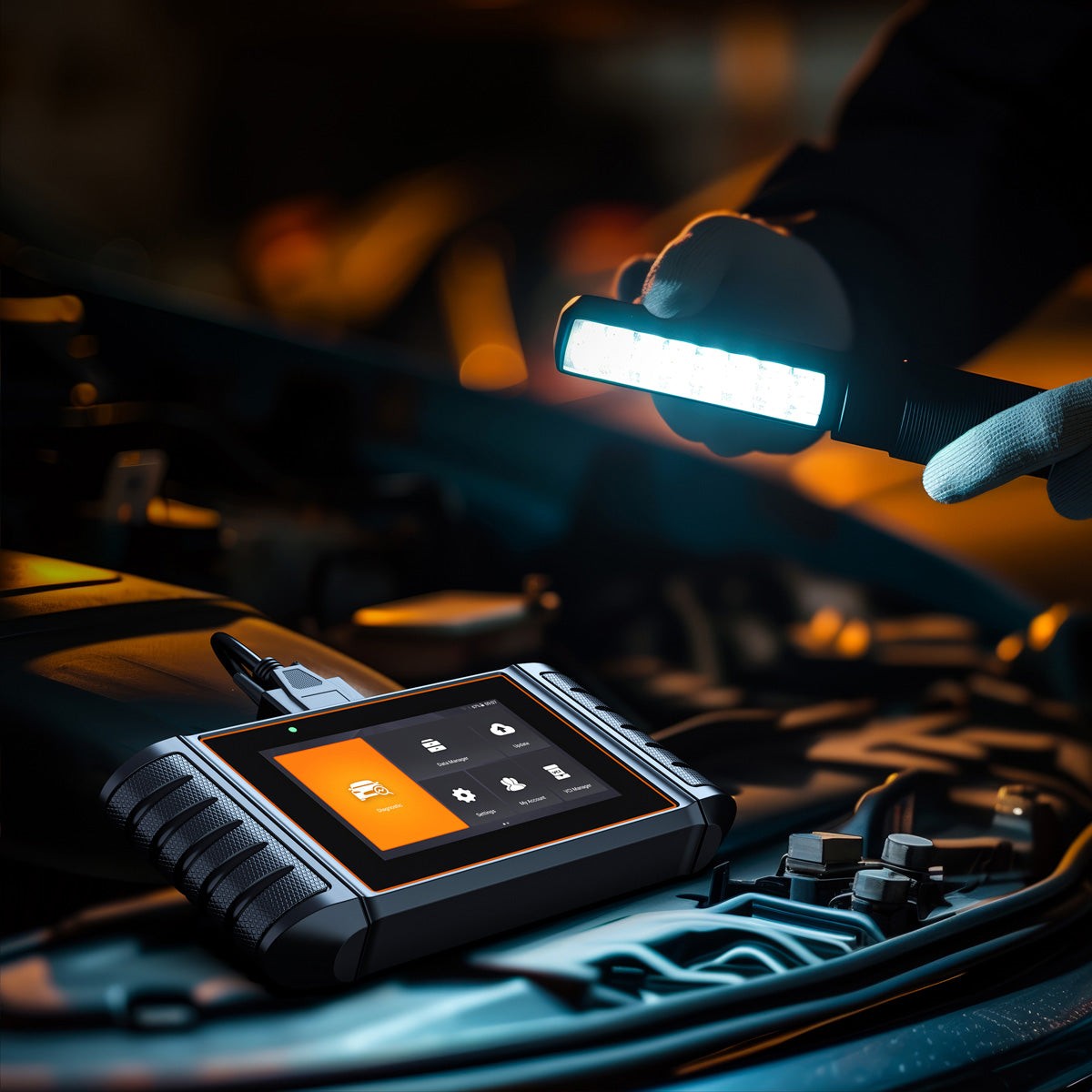Using an OBD2 scanner to reset codes is crucial for maintaining your vehicle’s health and diagnosing problems. When your “Check Engine” light comes on, it signals a potential issue detected by the onboard diagnostic system. An Obd2 Scanner That Can Reset Codes allows you to understand these issues and clear them after repairs. This article will guide you in selecting the right scanner and using it effectively.
Understanding OBD2 Codes and Why Resetting Them is Important
Onboard Diagnostics II (OBD2) is a standardized system in vehicles for self-diagnosis and reporting. When a problem occurs, the system stores a code and triggers the Check Engine light. These codes are categorized as generic (P0) or manufacturer-specific (P1).
Resetting or clearing these codes is essential for several reasons:
- Confirming Repairs: After fixing a problem, clearing the codes verifies the repair’s success.
- Diagnosing Intermittent Issues: Clearing codes creates a clean slate to identify recurring problems.
- Passing Emissions Tests: A Check Engine light due to unresolved codes can cause emissions test failure.
- Improving Performance: Addressing issues indicated by codes can enhance fuel efficiency, engine power, and responsiveness.
- Preventing False Alerts: Codes can sometimes be triggered by resolved issues, leading to unnecessary warnings. Resetting them eliminates these false alarms.
Choosing the Right OBD2 Scanner That Can Reset Codes
The market offers a wide range of OBD2 scanners, from basic code readers to advanced diagnostic tools. Consider these factors when choosing:
- Functionality: Basic scanners can read and clear codes, while advanced models offer live data, bi-directional control, and specific vehicle manufacturer functionalities.
- Compatibility: Ensure the scanner is compatible with your vehicle’s make, model, and year.
- User-Friendliness: Opt for a scanner with an intuitive interface and clear instructions.
- Budget: Basic scanners are more affordable, while professional-grade tools come with a higher price tag. Foxwell scanners are a popular choice, offering a balance of functionality and user-friendliness for both beginners and professionals.
How to Use an OBD2 Scanner to Reset Codes
Using an OBD2 scanner that can reset codes is generally a straightforward process:
- Locate the OBD2 Port: Usually found under the dashboard on the driver’s side.
- Connect the Scanner: Plug the scanner into the OBD2 port.
- Turn on the Ignition: Turn the key to the “on” position without starting the engine.
- Read the Codes: Follow the scanner’s instructions to read the stored codes.
- Clear the Codes: Select the option to erase or clear the codes. Most scanners have a dedicated button or menu option for this. Confirm the clearing process when prompted.
- Restart the Vehicle: Turn off the ignition and then restart the engine. The Check Engine light should be off if the issue was resolved.
Troubleshooting and Professional Help
If the Check Engine light returns after resetting the codes, the underlying problem hasn’t been fixed. Re-scan the vehicle to identify the persistent code. If you’re unable to diagnose or fix the issue, consult a qualified mechanic. Ignoring recurring codes can lead to more significant problems.
Maintaining Your Vehicle to Prevent Future Issues
Regular maintenance, such as oil changes, using quality fuel, and promptly addressing dashboard warning lights, can minimize the occurrence of OBD2 codes and keep your vehicle running smoothly.
Conclusion
An OBD2 scanner that can reset codes is an invaluable tool for any car owner. It empowers you to understand and address potential vehicle problems, saving you time and money on repairs. By choosing the right scanner and using it correctly, you can maintain your vehicle’s health and enjoy peace of mind on the road. Remember to address the root cause of any issues indicated by the codes and seek professional help when needed.
